What Is An Outlier In Statistics Outliers are extreme values that differ from most other data points in a dataset They can have a big impact on your statistical analyses and skew the results of any
Outliers stand for data points that are indicative of a much higher variability than other observations in a given dataset This can result in skewing statistical studies and wrong Outliers in the context of information evaluation are information points that deviate significantly from the observations in a dataset These anomalies can show up as surprisingly
What Is An Outlier In Statistics
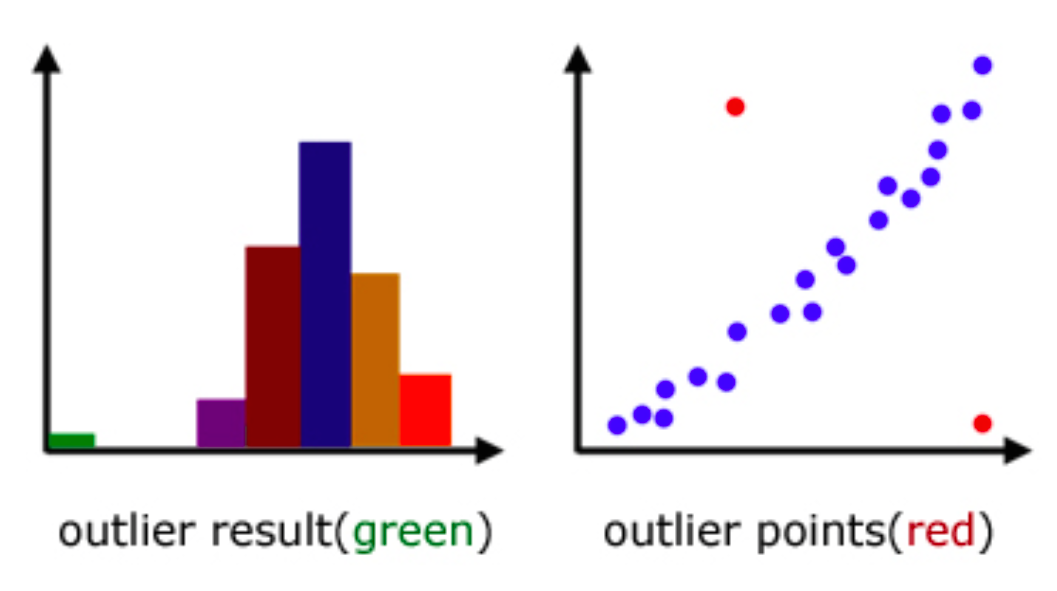
What Is An Outlier In Statistics
https://2.bp.blogspot.com/-5DqHL5lBrvw/VUy1xch3_GI/AAAAAAAAATQ/AltOP5q1qoU/s1600/outlier-example.png
Vladimir Kozlov On LinkedIn Outliers Can Significantly Impact The
https://media.licdn.com/dms/image/D4E22AQFGS8MysGauAg/feedshare-shrink_2048_1536/0/1721324274243?e=2147483647&v=beta&t=DF2IFSPUkuc8Do3yZdw6mDJb8C4Cfxb7hL8G5n0FzbE

How To Find Lower Outlier Boundary Find The Lower And Upper Limits
https://d138zd1ktt9iqe.cloudfront.net/media/seo_landing_files/outliers-using-turkey-method-1619540973.png
What does it mean if a value in a data set is called an outlier When a value is called an outlier it usually means that that value deviates from all other values in a data set An outlier is a data point that differs significantly from the other observations in a dataset Outliers stand out as being distinct from the overall pattern of a distribution Detecting
Outliers are values at the extreme ends of a dataset Some outliers represent true values from natural variation in the population Other outliers may result from incorrect data Outlier detection is a process of identifying observations or data points that significantly deviate from the majority of the data These observations are often referred to as
More picture related to What Is An Outlier In Statistics
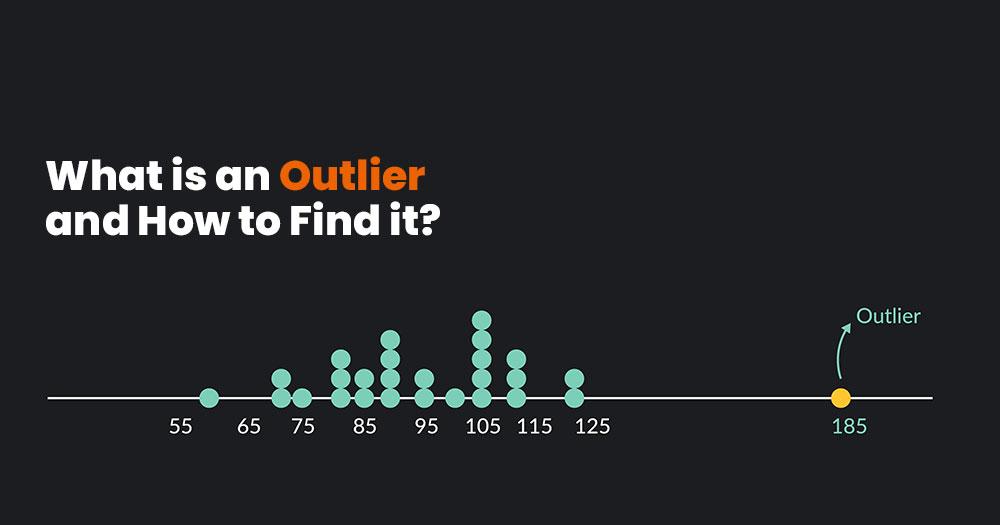
What Is An Outlier In Statistics And How To Find It
https://brainalyst.in/wp-content/uploads/2023/03/What-is-an-Outlier-and-How-to-Find-it.jpg
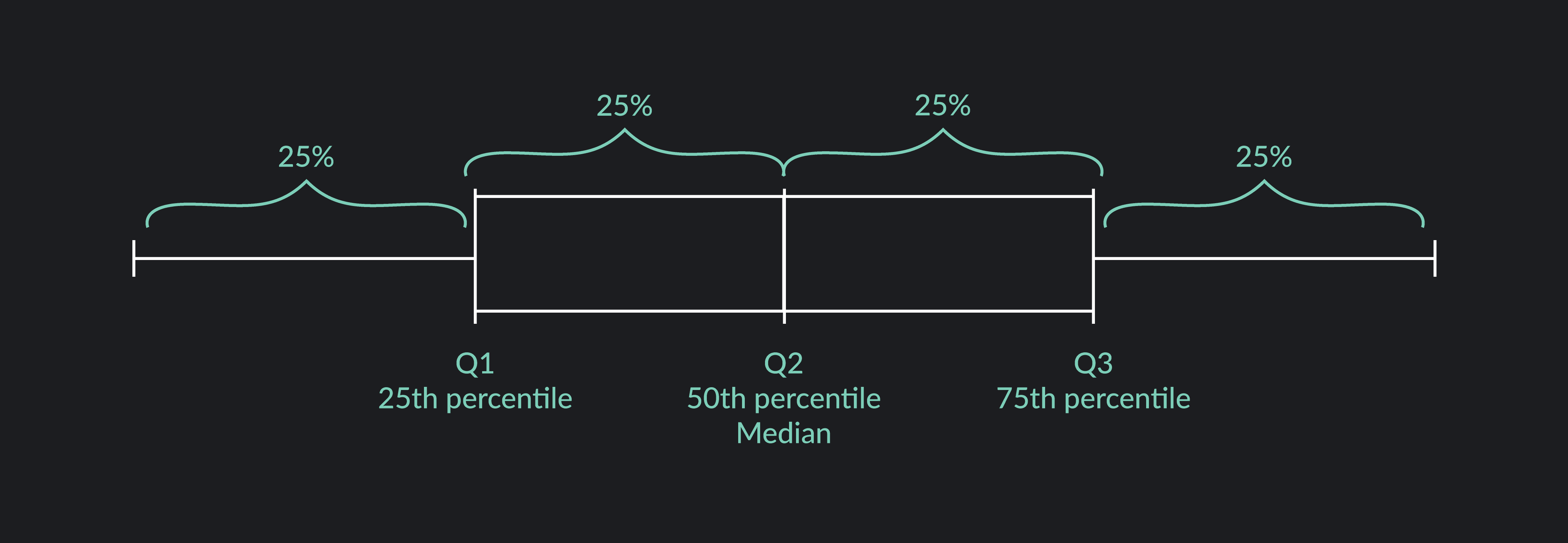
Calculate Outlier Formula A Step By Step Guide Outlier
https://images.ctfassets.net/kj4bmrik9d6o/4icqBfryiaWHVtmO4kibC/2f33365b7d9c448c2466bd4a1c2dde44/Outlier_Graph_CalculateOutlierFormula-02.png

Como Encontrar Outliers Com O M todo Tukey
https://datascience.eu/wp-content/uploads/2020/04/image-1501-1024x1024.png
Outliers are observed data points that are far from the least squares line They have large errors where the error or residual is the vertical distance from the line to the point Outliers In statistics outliers are extreme values that lie outside the range of the rest of the data Whether significantly high or low outliers deviate from data points that tend to cluster
[desc-10] [desc-11]
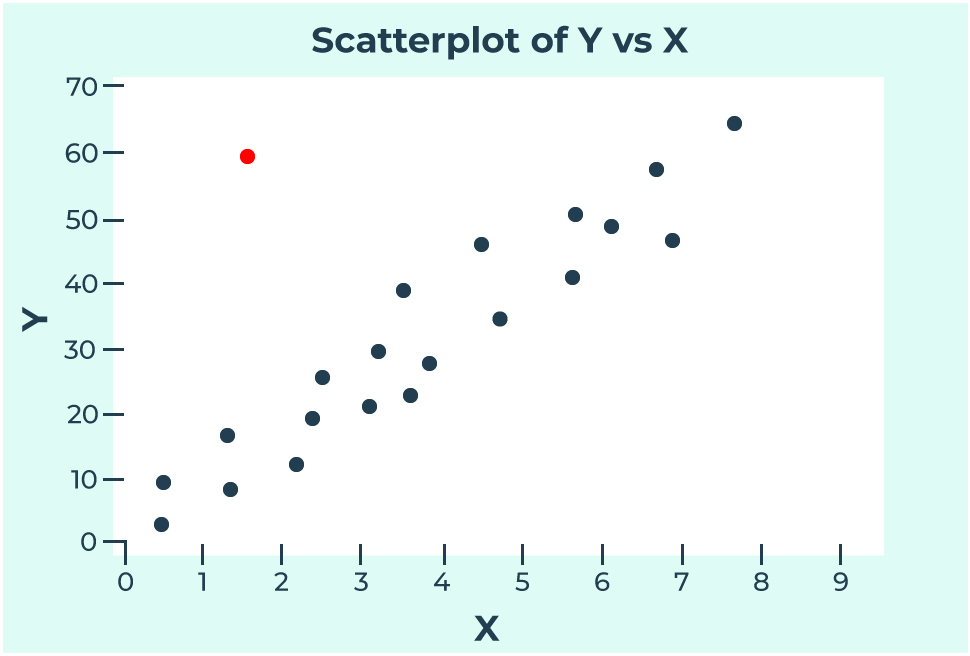
A Basic Guide To Outliers
https://godatadrive.com/hs-fs/hubfs/scatterplot-4.jpg?width=970&name=scatterplot-4.jpg

What Is An Outlier Statistics For Data Science YouTube
https://i.ytimg.com/vi/hIbFG8N_HIA/maxresdefault.jpg

https://www.scribbr.com › statistics › outliers
Outliers are extreme values that differ from most other data points in a dataset They can have a big impact on your statistical analyses and skew the results of any

https://www.geeksforgeeks.org › outlier
Outliers stand for data points that are indicative of a much higher variability than other observations in a given dataset This can result in skewing statistical studies and wrong
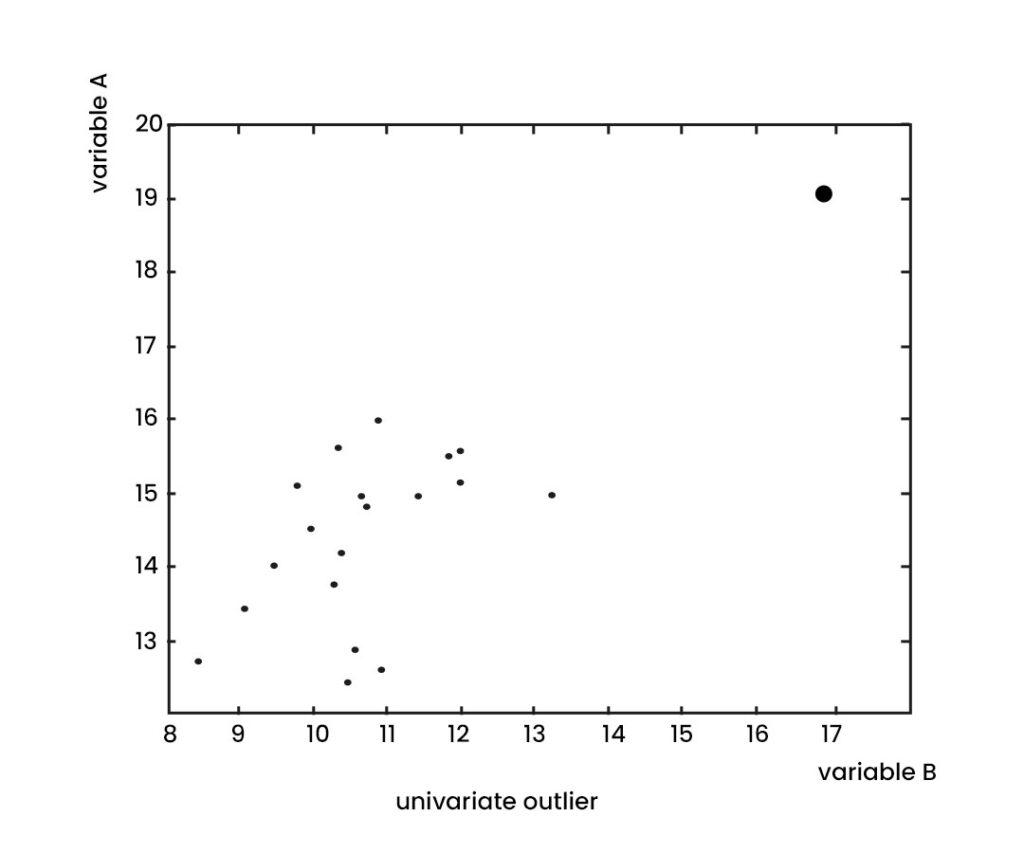
What Is An Outlier In Statistics And How To Find It

A Basic Guide To Outliers
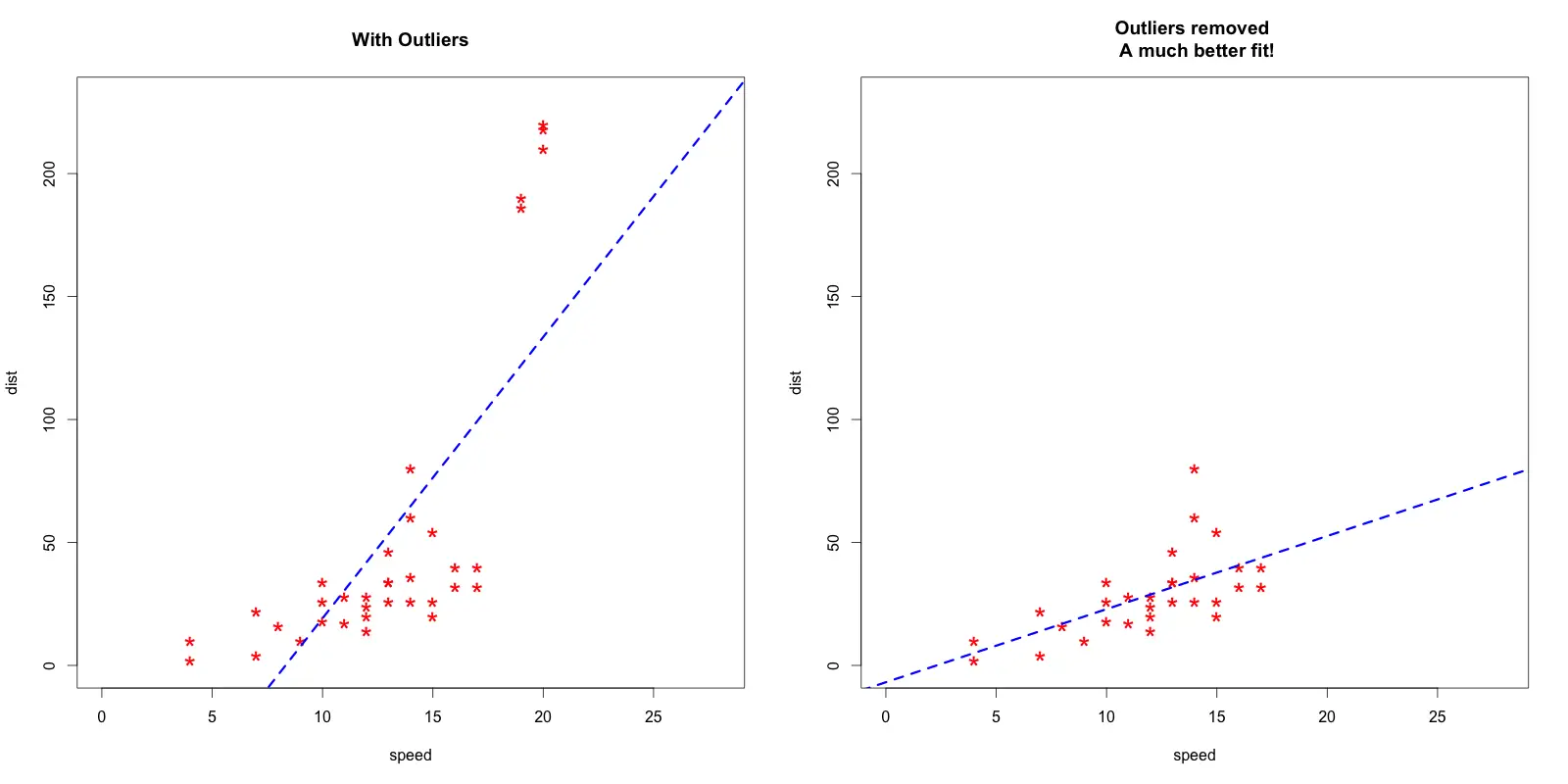
Outlier Treatment With R Multivariate Outliers
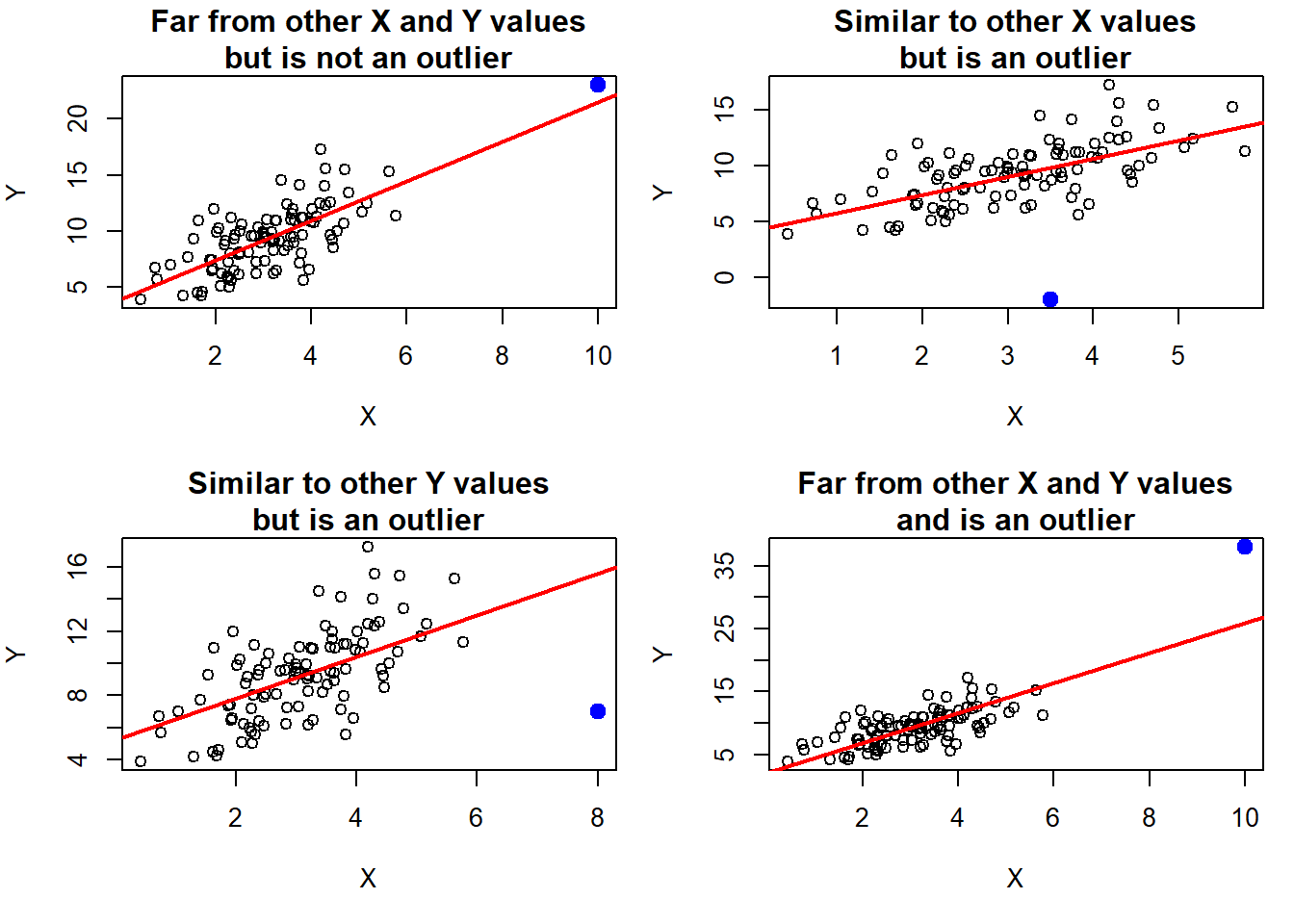
5 21 Outliers Introduction To Regression Methods For Public Health

How To Find Outliers In Statistics YouTube

What Are Outliers And How To Treat Them In Data Analytics Aquarela

What Are Outliers And How To Treat Them In Data Analytics Aquarela

Outliers What Is An Outlier On A Scatter Graph And How To Find Them

How To Calculate Outliers 10 Easy Steps with Pictures
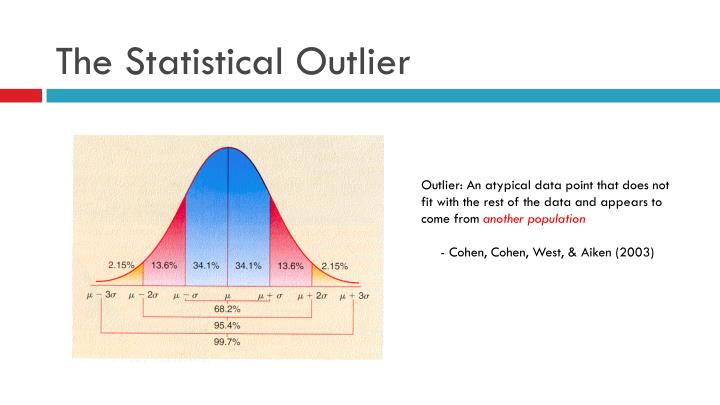
PPT Malcolm Gladwell PowerPoint Presentation ID 2648780
What Is An Outlier In Statistics - Outlier detection is a process of identifying observations or data points that significantly deviate from the majority of the data These observations are often referred to as
